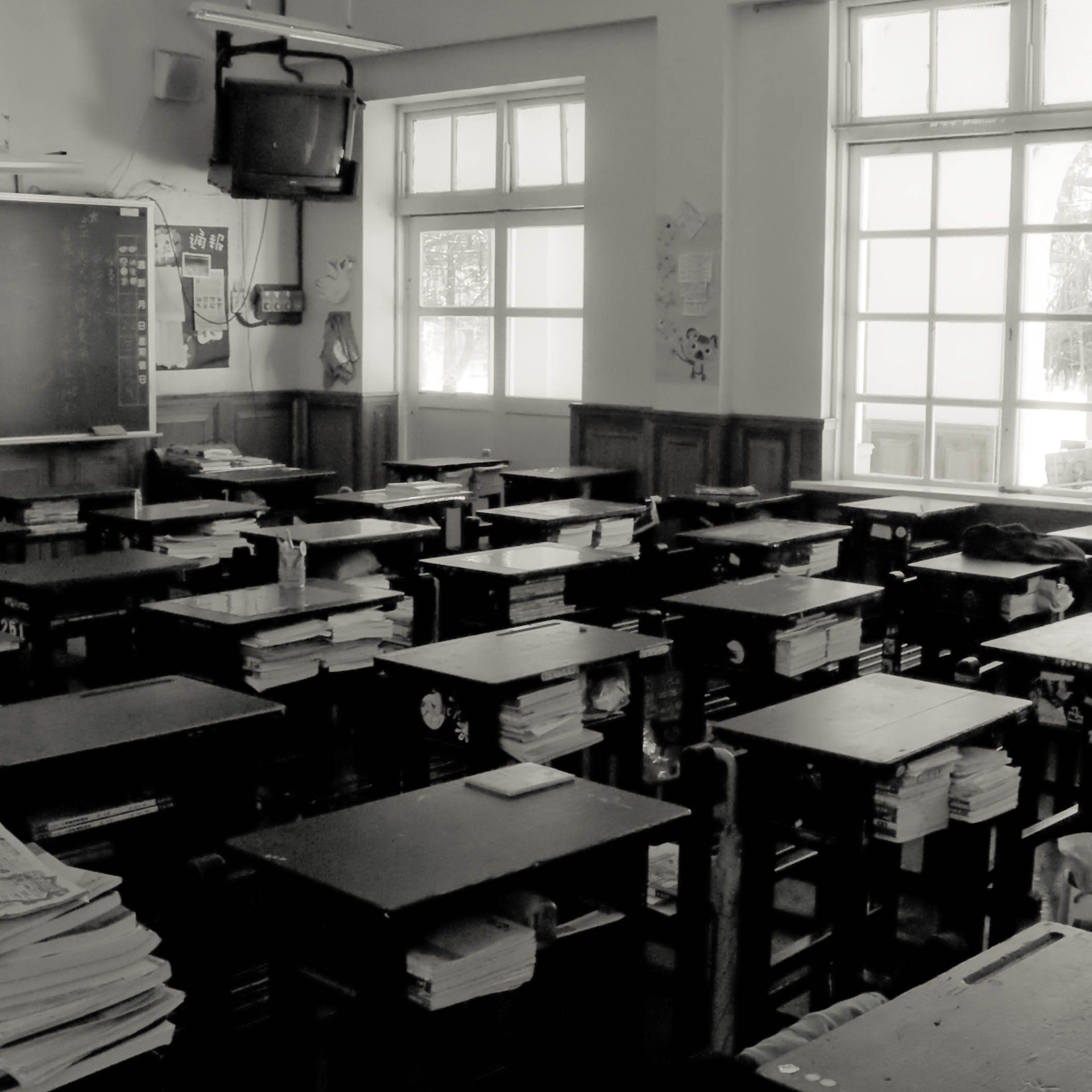Rise in absences prompts Virginia to consider changes in accreditation requirements
by Virginia Mercury
Virginia education leaders are mulling another temporary pause in the use of chronic absenteeism as a factor the state considers in school accreditation decisions because of increases in student absences due to the spread of COVID-19 and other respiratory illnesses.
Chronic absenteeism, defined as a student being absent for 10% or more of the academic year, is one of nine factors the state looks at when determining whether a school should be accredited, or designated as meeting the state’s educational standards.
The move wouldn’t be unprecedented. Last April, the Board of Education agreed to suspend the use of chronic absenteeism as a factor in accreditation for the 2022-23 school year due to similar concerns.
Virginia’s chronic absenteeism rate is more than four times higher this school year than it was in the two years before the pandemic, according to a survey by the Virginia Association of School Superintendents.
According to the VASS data, approximately a quarter of 85 school divisions surveyed had a chronic absenteeism rate of over 25%. The Virginia Department of Education has said approximately 2% to 4% of the state’s 132 school divisions had that level of chronic absenteeism in the two years before the pandemic.
On March 23, the Department of Education recommended to the board that it suspend the chronic absenteeism indicator for the 2023-24 school year. A memo stated that “due to the lingering impacts created by the COVID-19 pandemic, school division leaders continue to report increased absences despite the programs and procedures put in place to address chronic absenteeism.”
However, the recommendation was met with varied reactions.
“I think this is a very mixed message we are sending across the commonwealth, and I’m just having a hard time being able to come to grips on how I can support this,” said Bill Hansen, an appointee of Republican Gov. Glenn Youngkin, at a March 23 meeting. “As we’re trying to address challenges such as this, we [need to] have a clearer understanding of where the priorities of the districts and the state are.”
Virginia began including chronic absenteeism in its accreditation decisions in 2018, after the Board of Education revised the accreditation guidelines the prior year. The change received some pushback at the time, said Board President Daniel Gecker, an appointee of Democratic Gov. Terry McAuliffe.
However, he said, between the time the new accreditation standards went into effect and the beginning of the pandemic, absenteeism rates decreased in certain parts of the commonwealth.
“We always hear from the locals that ‘we know our schools’ and ‘we know our kids and let us do what we need to do,’” Gecker said. By adding absenteeism as a factor in the standards instead of imposing specific attendance policies on districts, he said, the board turned it over to the school divisions to “do what needs to be done in order to get kids in seats.”
Absenteeism and student success
Researchers at the University of Virginia have connected chronic absenteeism to student success over the last several years.
Chronic absenteeism rates are particularly high in Virginia among high schoolers, low-performing students and students who move between schools, according to a September 2016 report from EdPolicy Works, a research center at the University of Virginia.
“If students are not in school, they are not receiving instruction and may fall behind their peers,” the report states. “Students who struggle academically may disengage from school putting them at greater risk of excessive absences.”
Charles Pyle, a spokesperson for the Virginia Department of Education, said school divisions across the state have used federal pandemic relief funds to address attendance, but said the agency does not track each division’s particular spending decisions.
Last October, Youngkin urged school divisions to spend their remaining funds to address achievement gaps and proficiency declines among Virginia students. Legislative efforts to require school divisions to spend the funds by July 1 or forfeit them failed.
Amy Siepka, director of VDOE’s Office of Accountability, said the agency has been offering divisions webinars and a course geared toward improving classroom attendance. The state’s ENGAGE Virginia program also aims to provide students with an academic success coach to help them navigate academic and life challenges, ensuring children remain on track and in school.
“There has been quite a bit of involvement by school leaders in this process,” Siepka said. “And the feedback we’ve been getting is —regardless of all of the supports they are putting into place — they’re still having issues.”
(Virginia Mercury is part of States Newsroom, a network of news bureaus supported by grants and a coalition of donors as a 501c(3) public charity. Virginia Mercury maintains editorial independence. Contact Editor Sarah Vogelsong for questions: info@virginiamercury.com. Follow Virginia Mercury on Facebook and Twitter.)


